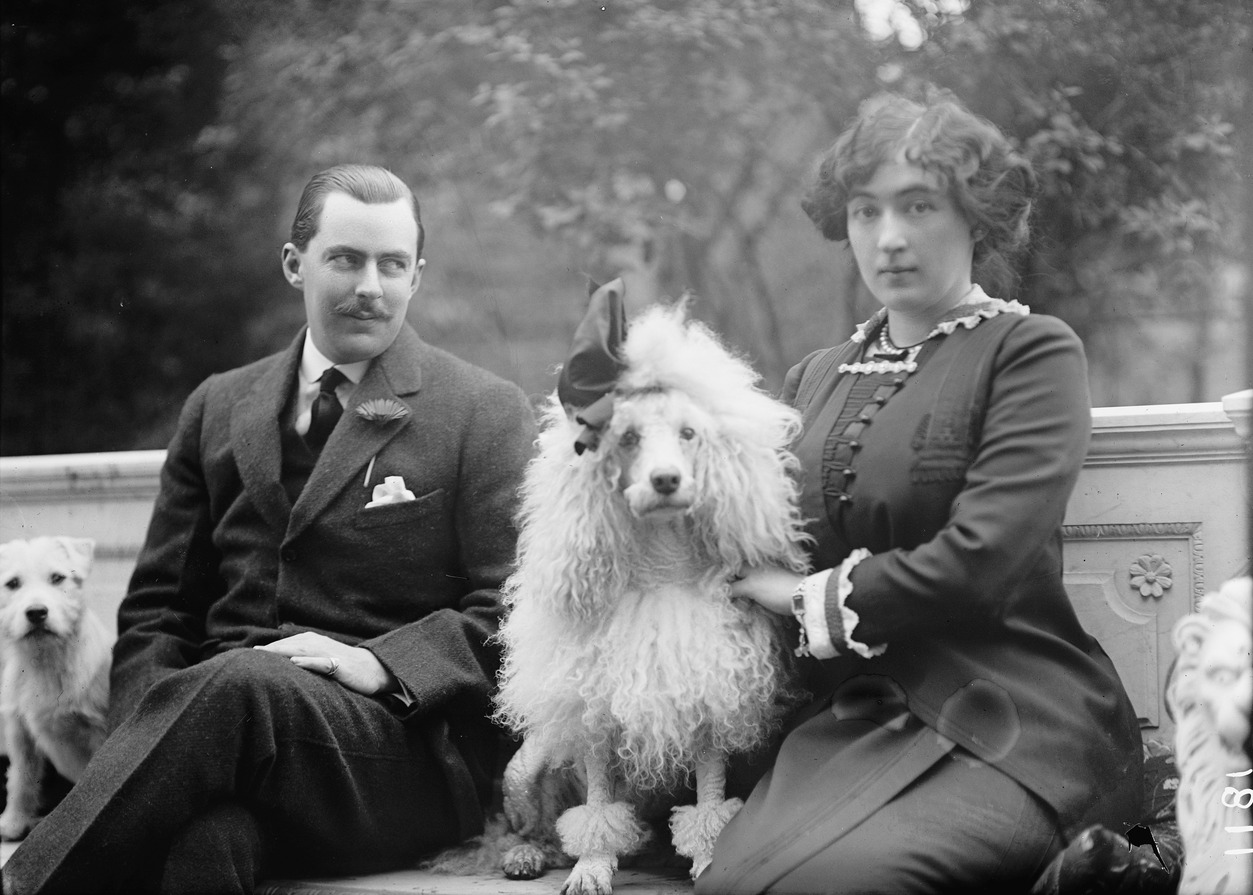ON THE GROUNDS of the Laytonsville Public Golf Course, nestled in the gently rolling land of northern Montgomery County, stands an old wooden springhouse, roughly eight feet by twelve feet, that in an earlier era supplied water for the Dorsey farm. Crystal-clear spring water still bubbles up over a stone slab on the floor, seeps out, and nourishes a
ONE FROSTY DAWN in November 1934, 500,000 World War I veterans rolled out of their blankets in the pine barrens around the Civilian Conservation Corps camp at Elkridge, Maryland. The brassy bugle notes of “Assembly” hurried them to the camp’s parade ground, where, mounted on a white steed and surrounded by his staff, they found their leader, Major General
As dusk settled over Washington on April 5, 1968, awful black clouds merged into the darkness, granting for the first time that day a fragile semblance of serenity to the nation’s capital. But even nightfall could not mask a riot-torn city still in flames: broad swatches of the sky remained eerily luminous, and the drifting smoke below obscured, at times, the marble dome of the United States
Forty years ago, Memorial Day moviegoers at the Ambassador Theater, 18th Street and Columbia Road, N.W., saw Ann Sheridan and Ronald Reagan in “King’s Row.” In probably his best motion-picture performance, Reagan’s leg is amputated, and he utters a classic line — “Where’s the rest of me?” — which later would become the title of his autobiography.
A dense curtain of fog gripped the Long Island coastline in the early hours of June 13, 1942, parted here and there only by misty beams of moonlight. Amagansett Beach, a sheltered stretch of rolling dunes and tall grasses, was deserted, serene.
At 45 minutes past midnight on July 1, 1955, a haggard Walter J. Bierwagen, president of the D.C. Transit Workers Union, left the negotiation room that recently had become his home away from home. For months, the 2,400 or so members of his union had been seeking a quarter-an-hour raise and a few other contract sweeteners from the Capital Transit Company, which operated most of the buses and all of the streetcars within the metropolitan Washington area.
For nearly two years, the statue of Alexander “Boss” Shepherd has languished in storage on the grounds of the Blue Plains sewage plant in Southeast D.C. Shepherd, who was profiled in last month’s cover story, ruled Washington with an iron hand for a short period in the early 1870s. His statue graced the front of the District Building on Pennsylvania Avenue for many years, but was removed during the construction
Shortly before midday on June 1, 1933, a crisp and pleasant Thursday in Washington, a crowd began to gather around the timeworn steps of a narrow, stone-faced building near the intersection of E Street and Pennsylvania Avenue, N.W. Soon, an auctioneer’s bell began clanging, and hundreds of restless spectators bumped elbows as they jostled for better vantage points.










